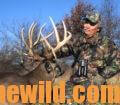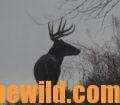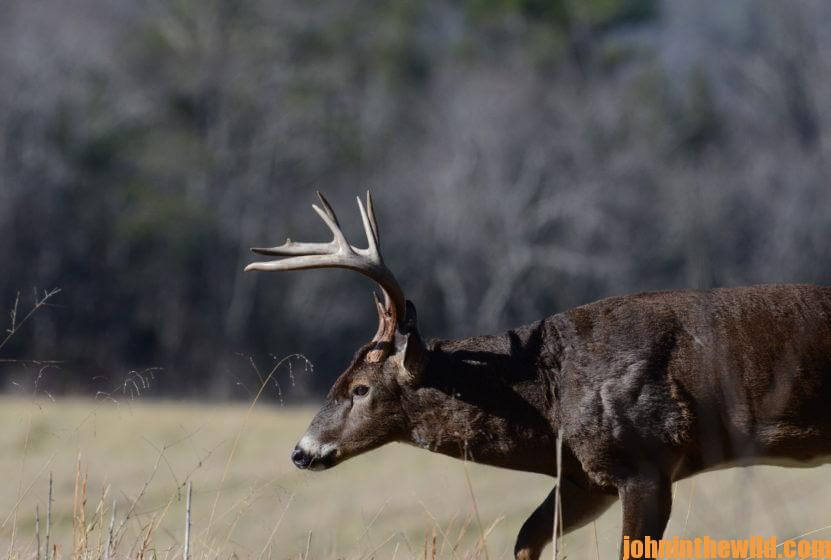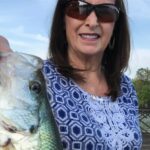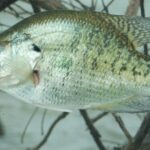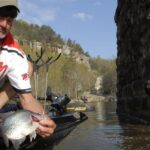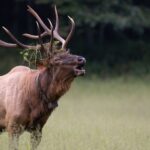Editor’s Note: To bag a buck at the beginning of the season, you have to surprise that buck by setting-up in a place at a time when the deer least expects you. But, while preseason scouting, you may spook the deer you want to find. The more time you spend in the woods scouting before the season, the more likely you’ll spook the deer.
“I’ve got my buck tied to a tree,” Jim Brownlee of Birmingham, Alabama, told me one year. “I should be back at the camp by 8:00 am. I’ll go ahead and fix breakfast for the rest of you guys.” The first year I heard Brownlee confidently make this statement on the opening week of deer season at out hunting camp. I thought he’d either been dreaming, wishfully thinking or bragging about something he couldn’t produce. But for four, consecutive years that I hunted with Brownlee, he either dragged his buck into camp on opening morning or opening week as he had predicted. Brownlee had such success not due to luck but because he’d scouted, planned and studied the buck that he would take on opening morning.
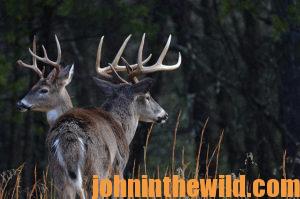 Avid deer hunter Jim Crumley of Roanoke, Virginia, the founder of Trebark Camouflage, says, “If you walk through the woods the week before the season, leaving your human odor in all the sites where you see deer sign, then you’ve notified the buck that you plan on hunting him. An older-age-class buck realizes that to survive, he has to avoid the regions he usually frequents when he starts smelling human odor there. If you get up one morning, walk out your front door, see a stick of dynamite in the bushes set to go off, move on to your car, spot another stick of dynamite ready to explode, find yet another stick of dynamite set to go off at the first stop light you come to as well as where you stop for coffee, more than likely you won’t take that same route the next day to work. A buck experiences that same scenario as he moves along the same route he’s taken all year. When that buck smells human odor in all his familiar places and hasn’t smelled a hunter since the last hunting season, he’ll become extremely wary. Generally, an older-age-class buck will change the route that he’s walked since the end of deer season when he senses danger.”
Avid deer hunter Jim Crumley of Roanoke, Virginia, the founder of Trebark Camouflage, says, “If you walk through the woods the week before the season, leaving your human odor in all the sites where you see deer sign, then you’ve notified the buck that you plan on hunting him. An older-age-class buck realizes that to survive, he has to avoid the regions he usually frequents when he starts smelling human odor there. If you get up one morning, walk out your front door, see a stick of dynamite in the bushes set to go off, move on to your car, spot another stick of dynamite ready to explode, find yet another stick of dynamite set to go off at the first stop light you come to as well as where you stop for coffee, more than likely you won’t take that same route the next day to work. A buck experiences that same scenario as he moves along the same route he’s taken all year. When that buck smells human odor in all his familiar places and hasn’t smelled a hunter since the last hunting season, he’ll become extremely wary. Generally, an older-age-class buck will change the route that he’s walked since the end of deer season when he senses danger.”
To avoid spooking deer, Crumley does his scouting in the woods four to six weeks before deer season begins. Then two weeks before the opening of 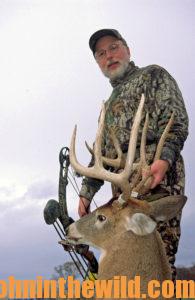 deer season, he does most of his scouting with binoculars. “I go to agricultural fields and openings in the woods just before daylight and immediately before dark to look for deer,” Crumley explains. “I stay well-away from the animals and use my binoculars to learn where the deer enter and leave the fields and openings. I want to see about how-many deer move to the fields and openings and hopefully spot the buck I want to hunt during the opening week of deer season.”
deer season, he does most of his scouting with binoculars. “I go to agricultural fields and openings in the woods just before daylight and immediately before dark to look for deer,” Crumley explains. “I stay well-away from the animals and use my binoculars to learn where the deer enter and leave the fields and openings. I want to see about how-many deer move to the fields and openings and hopefully spot the buck I want to hunt during the opening week of deer season.”
Since deer develop habits, they usually do what they’ve done in the past as long as nothing disturbs them. However, when a deer, especially an older buck, feels hunting pressure, he’ll likely change his routine when he determines a hunter has gotten too close to him. “You’ll more likely harvest a quality buck the first time you hunt from any stand,” Crumley reports. “When you walk to that stand, hunt from that stand and walk away from that stand, you’ve left enough human odor in that area to notify the buck of your presence. I like portable tree stands. Then once I’ve hunted from a stand site, I can move the stand and hunt the deer in another place at another time where he won’t expect me.”
Use My Topo.com and onX Maps:
Hours of scouting can be saved by using the new maps now available. You can find property lines and identify places where bucks are most likely to walk, including edges of fields and creeks and thick-cover bedding areas. Google Earth
(https://geology.com/google-earth/) even shows you the kinds of trees where you plan to hunt. I believe that using quality maps definitely is as helpful to the deer hunter as his GPS receiver. Combining the two gives you the most-accurate information. Check out My Topo at https://www.mytopo.com/maps/ to have custom, waterproof maps made of your hunting site and shipped within 24 hours and onX maps at https://www.onxmaps.com/.
To l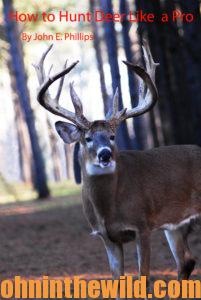 earn more about hunting deer, check out John E. Phillips’ book, “How to Hunt Deer Like a Pro,” available in Kindle, Print and Audible versions, at (http://amzn.to/YpoQHA).
earn more about hunting deer, check out John E. Phillips’ book, “How to Hunt Deer Like a Pro,” available in Kindle, Print and Audible versions, at (http://amzn.to/YpoQHA).
Tomorrow: Learn the Land to Hunt Deer Smarter

